

One of the fundamental parts of a train are those holding it together. Couplings between rolling stock have existed since the invention of the railway and in this article I'm going to look at a few commonly used methods.
Broadly, couplings fall in into one of two different types; manual or automatic.
Three Link Couplings
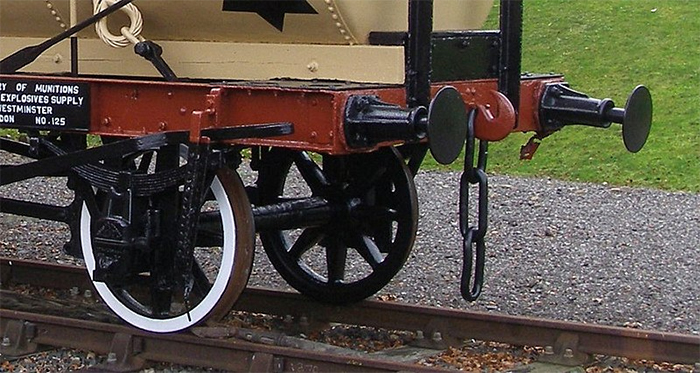
This early method of coupling was used during in the development of the railway, staying popular in the UK for longer than on the continent. The three links were just that; three links of chain attached to a drawhook mounted on the buffer beam. The chain was lifted and hooked onto the drawhook on the adjacent wagon's buffer beam. This was a relatively quick method of coupling and the shunter could use a shunting pole to couple and uncouple in safety. The drawback was that stock could bunch up or bang together during speed or elevation changings, which could cause damage. The 'Instanter' coupling was later developed from the three link. The centre link was replaced with a pear-shaped link which could hold fast either vertically (holding the wagons closer together) or horizontally (making it easier to couple and uncouple).
Screw Couplings
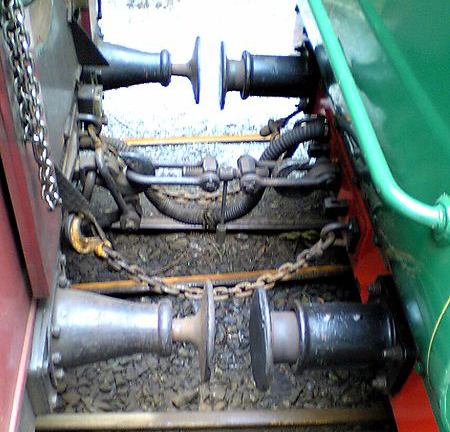
These were a further development of the three link, which was too loose for use on passenger coaches. The centre link was replaced with a threaded rod that fits into housings on both outer links. Once the link is attached, the rod on the screw is turned and it draws the two coaches together until their buffers touch. This close link allows corridor connections between coaches.
Pin Couplings
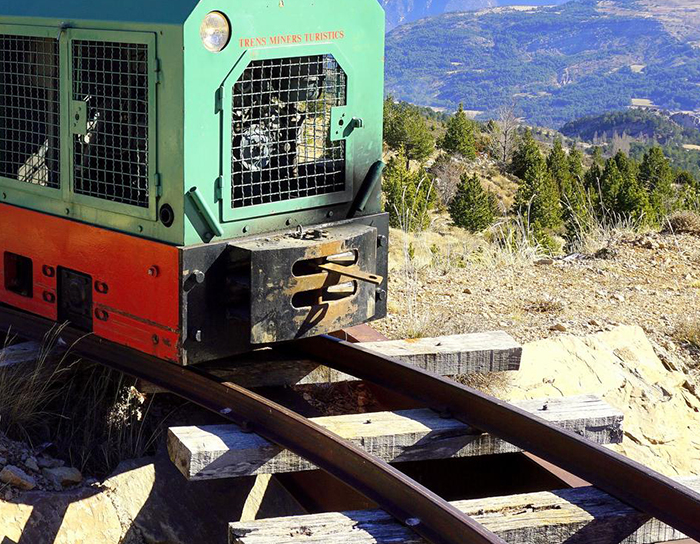
Simple pin coupling on a Spanish Narrow Gauge locomotive.
This very primitive style of coupling is manly used on Narrow Gauge railways where the stock is smaller and trains are shorter. Each wagon has a hoop mounted on the buffer beam that corresponds to a hoop on the adjacent wagon. The wagons are pushed together so that the holes in the hoops are over one another and they are secured together with a pin.
Buckeye Couplings
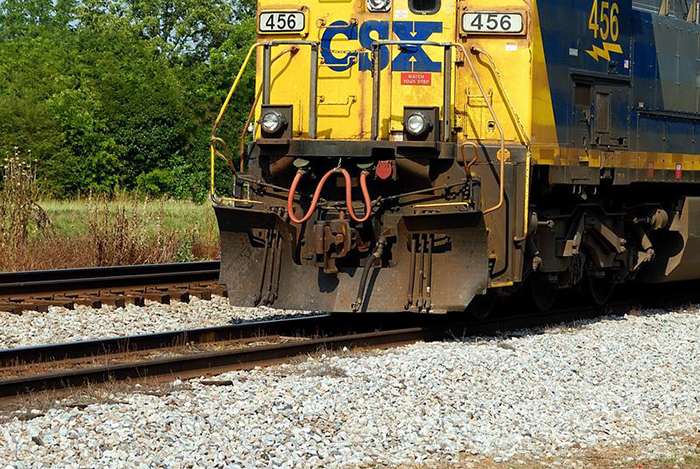
American 'Buckeye' couplings with their distinctive knuckle shape.
The Buckeye Coupling was developed for use on American railways. They are also known as Knuckle Couplings as, when coupled together, they look like two hands grasping each other. To couple the two vehicles together, one of the Buckeyes must first be opened. They are then slowly pushed together, and as the couplings engage the open one closes and a locking pin drops holding them in place. To open, they are pushed slightly together, and the locking pin is lifted manually. When the vehicles move apart the couplings will automatically open and come apart. Buckeye Couplings are incredibly strong and stop stock from becoming uncoupled during derailments.
Scharfenberg Couplings
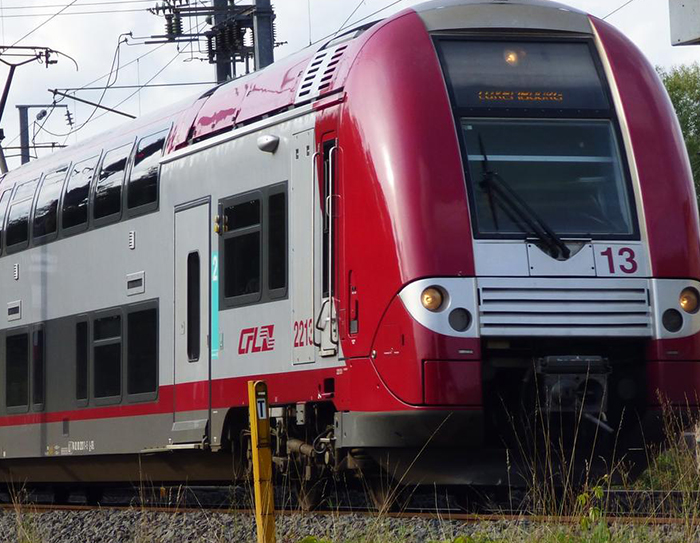
The distinctive 'cone and cup' of the Scharfenberg.
This design dates to the 1930s and allows trains to be coupled together, with the train pipes connecting automatically. Use manly on multiple units, the Scharfenberg comprises a protruding cone and matching cup. When ready to couple, a hoop connected to a spring-loaded metal disc is extended from the cone. This disc has a notch in it which corresponds to end of the opposite hoop. as the two hoops engage with the cups of the opposite unit they push against the disc, rotating it until the notch lines up with the hoop. This causes the hoops to spring back to the extend position and lock the couplings together. The electro-pneumatic connections will also connect automatically.
Many manufacturers produce detailed couplings for their own models. Kadee offer a wide range of couplings in the buckeye shape, and British-style three link couplings and instanter loops are available from W&T.